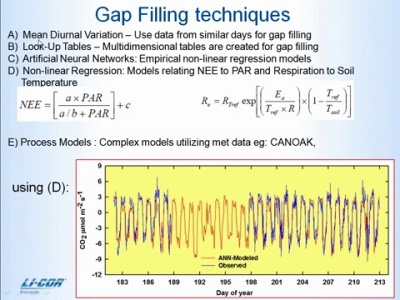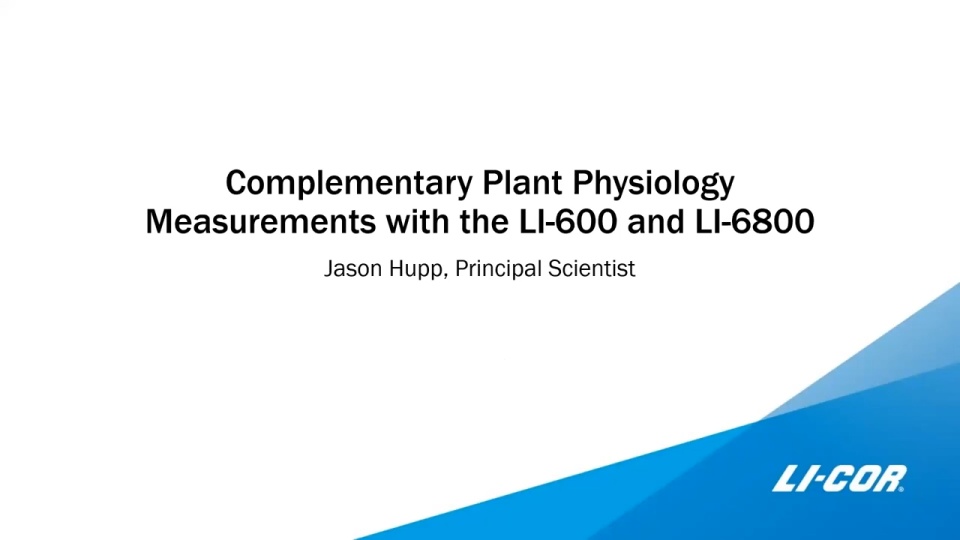When you complete this form your information is received by LI-COR Inc (United States) and shared with its subsidiaries, LI-COR GmbH (Germany) and LI-COR Ltd (United Kingdom). LI-COR and its subsidiaries work closely together to provide scientific expertise and prompt responses to customers globally. Depending on your location, your information may also be shared with a distribution partner. For more details, view our Privacy Policy (www.licor.com/privacy) or contact privacy@licor.com.
Methane, Carbon Dioxide, & Nitrous Oxide Measurements with LI-COR LI-7810, LI-7815, and LI-7820 Trace Gas Analyzers
Description:
The LI-7810 CH4/CO2/H2O and the LI-7820 N2O/H2O Trace Gas Analyzers, combined with suitable chambers, give researchers accurate measurements of greenhouse gas soil fluxes in a range of environments and conditions. The LI-7810, LI-7815, and LI-7820 utilize Optical Feedback Cavity Enhanced Absorption Spectroscopy (OF-CEAS), which delivers fast, reliable flux measurements even when fluxes are low.
Presenting the results of a one-year field study using the LI-7810 and LI-7820 with the LI-8250 Multiplexer and four 8200-104 long term chambers, Principal Scientist and European Manager Graham Leggett will highlight nitrous oxide soil flux measurements. Since N2O flux is low in natural ecosystems for much of the year, the results demonstrate the automated calculation of minimal detectable flux as low as 0.05 nmol m-2s-1.
The high-precision, low-drift, and fast gas response of LI-COR Trace Gas Analyzers make them suitable for a range of applications beyond soil flux measurements. The webinar will briefly highlight recent research, including a six-month study of atmospheric methane and carbon dioxide at the Mace Head Atmospheric Research Station in Ireland.
Speaker(s):
Graham Leggett
Principal Scientist, LI-COR


